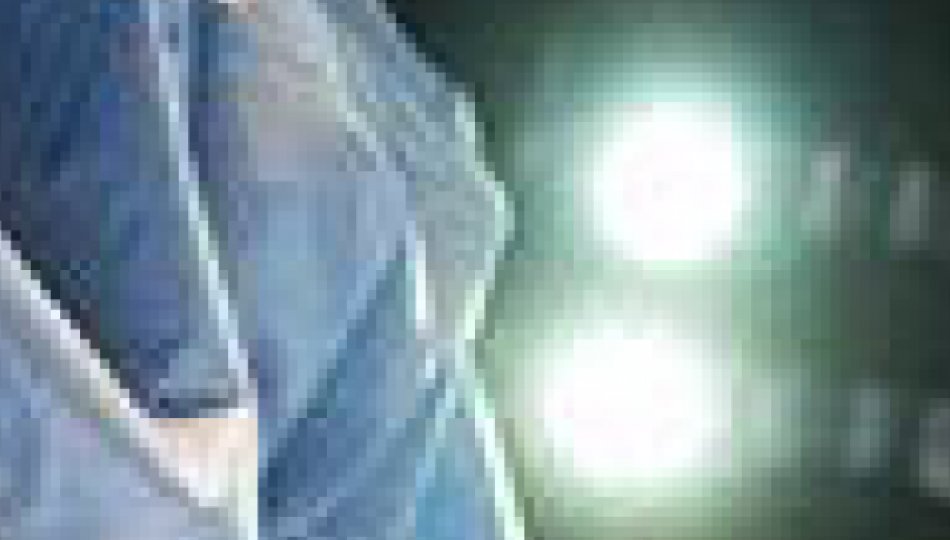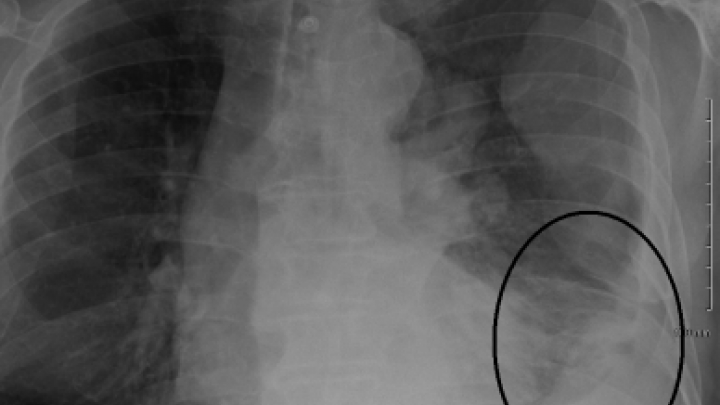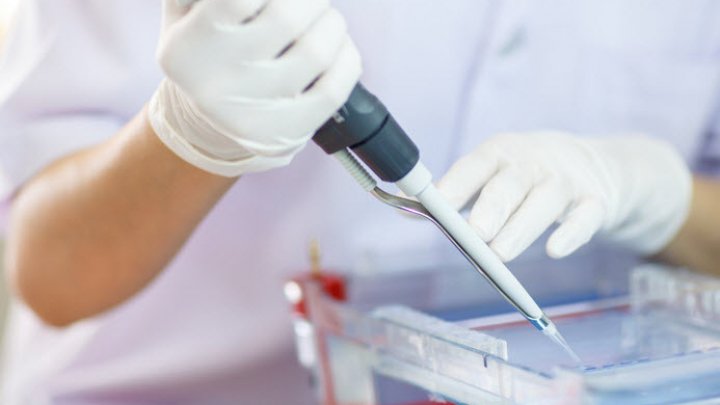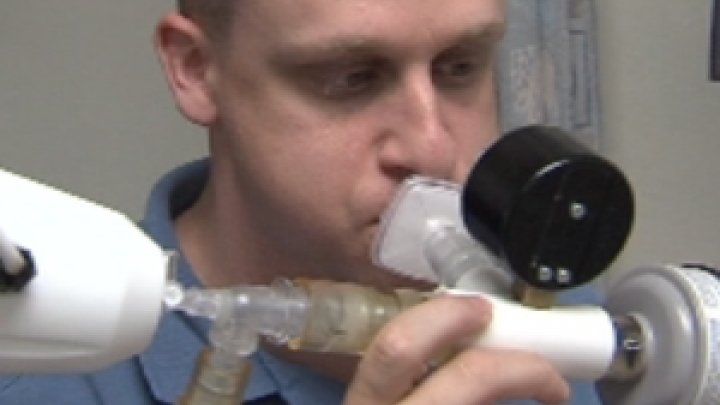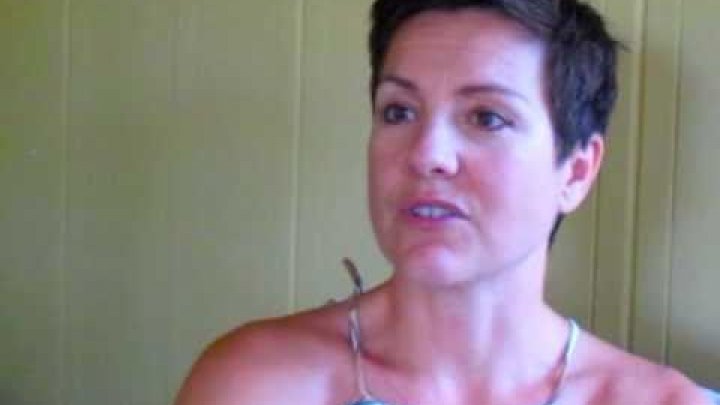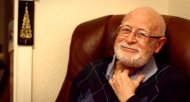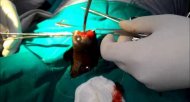Surgeons Get a New View of Cancer Cells
Google Glass doesn't have anything on the latest in high-tech cancer treatment from Washington University School of Medicine. The St. Louis, Missouri-based university and medical center has pioneered a new type of glasses that help surgeons tell the difference between cancerous cells and healthy cells during a procedure.
While the glasses are in the early stages of development -- so new the technology is unnamed -- they were used for the first time in surgery on February 10, 2014, at the Alvin J. Siteman Cancer Center at Barnes-Jewish Hospital and Washington University School of Medicine. The hospital consistently ranks in the top 10 for U.S. News & World Report's "Best Hospital in America" and is one of the largest cancer treatment centers in the country.
The glasses are composed of a head-mounted display and proprietary video technology. During a surgery, a surgeon applies a chemical to the tissues that is specifically attracted to cancerous cells to last through longer surgeries, but does not attach to healthy cells. When a surgeon wears the glasses, cancerous cells glow blue. Samuel Achilefu, PhD, a biomedical engineering and radiology professor at Washington University, led the team that created the technology.
The glasses offer promise for those with cancer because previously, a surgeon may remove most of a tumor, only to find more cancerous cells present at a later time. This can require repeat surgeries and additional treatment rounds.
Julie Margenthaler, MD, a breast surgeon and associate professor of surgery at Washington University performed the first operation using the special glasses. In a post-surgery interview, she said she hoped the invention could cut down on the 20 to 25 percent of repeat breast surgeries women undergo due to remaining cancer cells.
"Imagine what it would mean if these glasses eliminated the need for follow-up surgery and the associated pain, inconvenience and anxiety," Dr. Margenthaler explained in a press release from Washington University.
Coloring the World Cancer-Free
The new cancer cell glasses are not the only cancer technology emerging in 2014 that promises to aid in cancer cell detection and removal. Researchers at the Fred Hutchinson Cancer Research Center in Seattle, Washington, have developed a specialized "tumor paint" that is injected into patients one day prior to surgery. During cancer surgeries, special instruments light up the tumor paint.
Jim Olson, MD, PhD, an oncologist at Fred Hutchinson developed the paint from a surprising source: the death stalker scorpion. While this scorpion is one of the deadliest in the U.S., its venom may now save lives. The scorpion's venom contains chlorotoxin that binds specifically to cancer cells. Dr. Olson incorporated a special substance that makes the toxin glow after injection.
Dr. Olson has used the tumor paint in clinical trials on mice and dogs, which have shown the marker to be a thousand times more sensitive than magnetic resonance imaging (MRI) scans. Preclinical trials also have used the tumor marker on breast, colon and prostate cancers. Human trials are expected to be underway in 2014.

